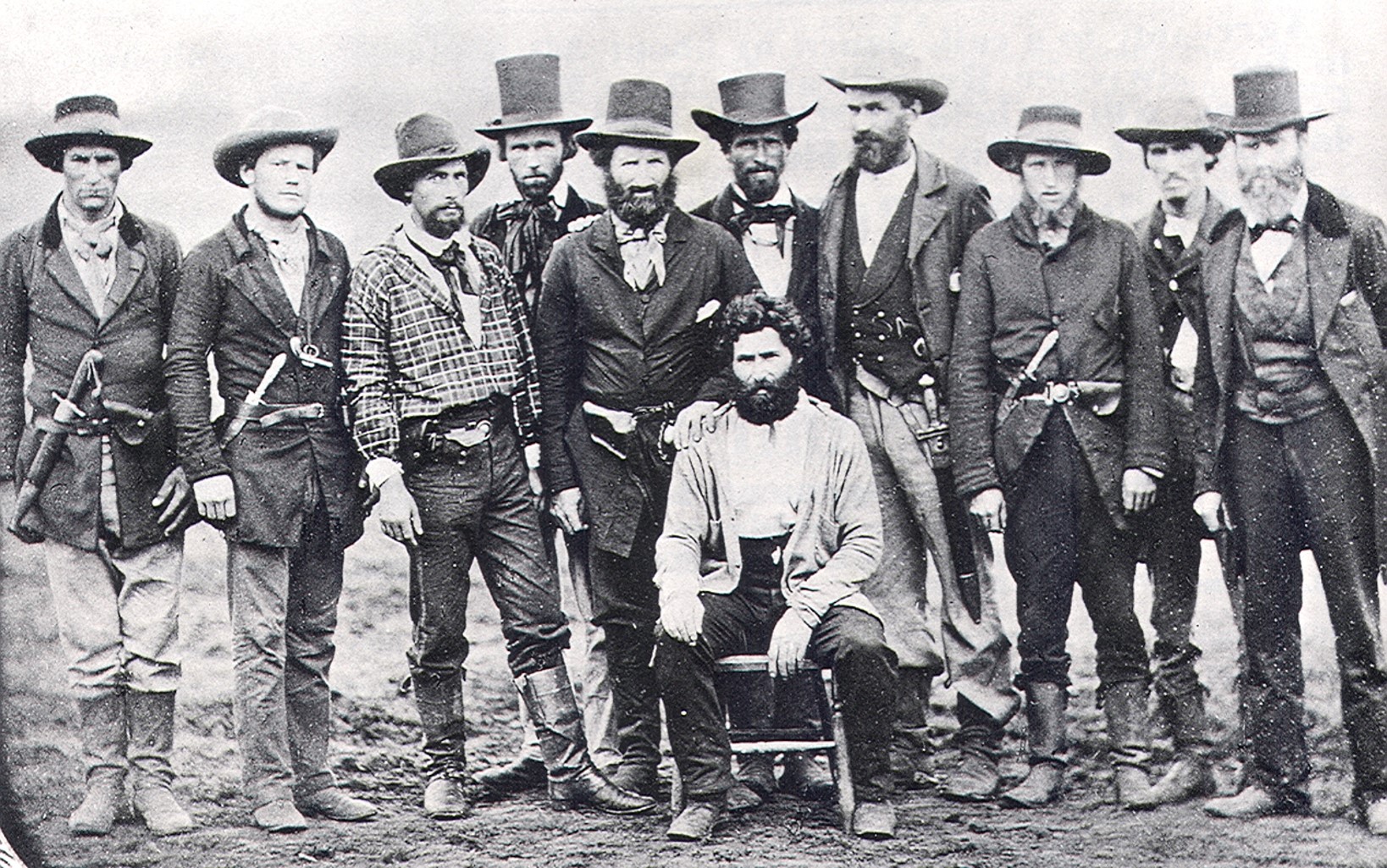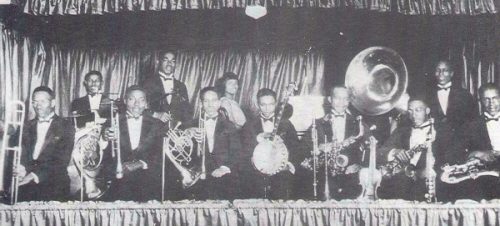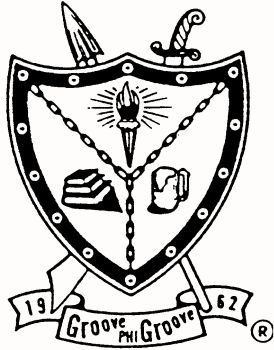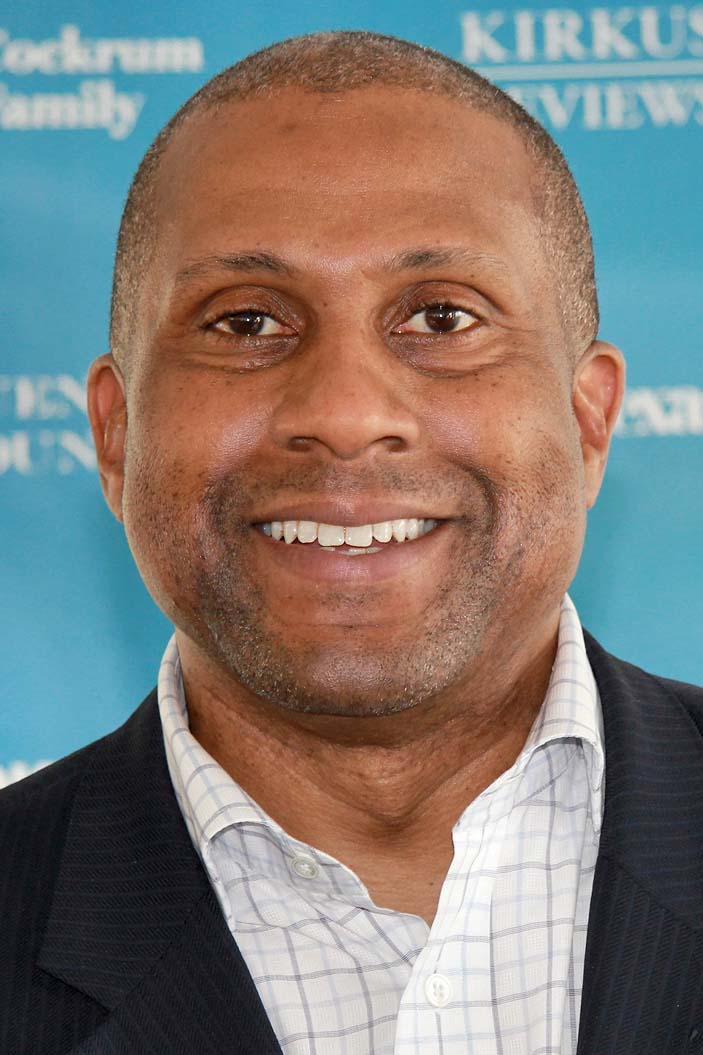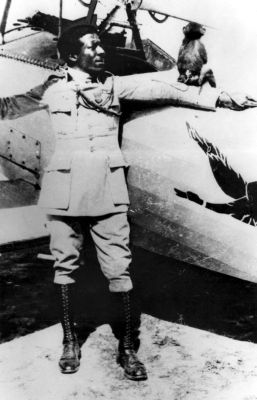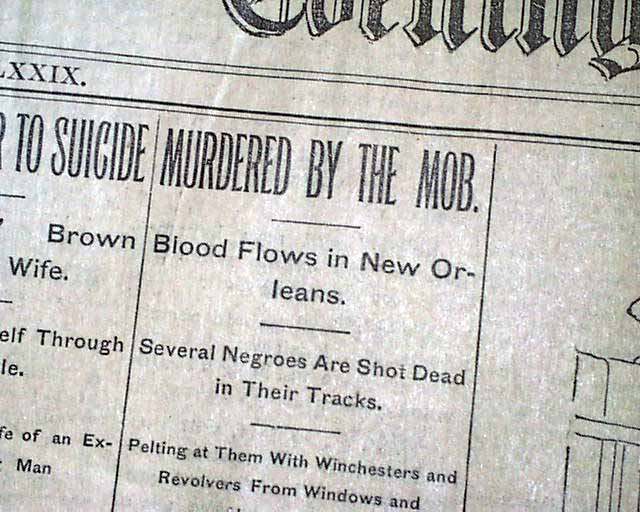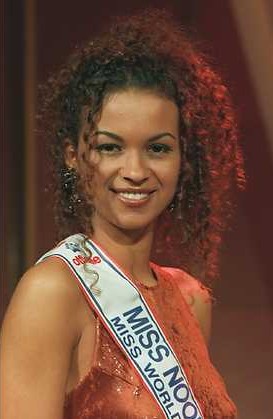
At twenty years old, Petra Hoost, born January 16, 1976, in the city of Enkhuizen, Netherlands, became the first Afro-Dutch woman to win the Miss Netherlands pageant in 1996. She went on to represent Netherlands at the Miss World pageant held in Bangalore, India, but didn’t place. Hoost’s father is from Suriname, a former Dutch colony, and her mother is Dutch. Although the first visible minority woman to win a national beauty award in Netherlands, there appears to be no documented race related controversy as had plagued Miss Italy Denny Méndez the same year (1996).
Hoost, along with Lola Odusoga, Miss Finland, 1996 and Méndez, have since been followed by other notable Afro-European pageant winners such as Tonja Silva (Miss Netherland, 1997), Sonia Rolland (Miss France, 2000), Malou Hansson (Miss Sweden, 2002), Chloe Mortand (Miss France, 2009), Rachel Christie (Miss England, 2009), Witney Toyloy (Miss Switzerland, 2009) and Iman Kerigo (Miss Norway, 2011).
Since winning the title, Hoost has enjoyed a career as a fashion model and from 2000 to 2004 attended Fotovakschool, a Dutch photography school in Apeldoorn, Netherlands. She now runs her own photo shop in the city of Enkhuizen, where she was born.
Hoost was born one year after Suriname (also known as Dutch Guiana) achieved independence from Netherlands (1995). Suriname is now the smallest independent country in South America. It is also one of the most racially and ethnically diverse with a population of Creoles (people of African and European ancestry), Maroons (West African escaped slaves), Arawaks, who were the indigenous people of the region, as well as Javanese (from Indonesia), and Hindustanis (from India). The conflicts between the Creoles (culturally dominant) and Hindus (politically dominant) fostered large scale immigration to the Netherlands by both groups as civil war between them was feared after independence in 1995. It was this possibility of violence that led Hoost’s father to emigrate to Netherlands.
Also, at this time of independence, Netherlands relaxed its immigration policy and actively encouraged Surinamese migration. At present Dutch-Surinamese people are one of the largest visible minority groups in Netherlands along with the Dutch-Turks (Turkey) and Dutch-Moroccans (Morocco).
In 1990, the “Miss Alida” contest was started in Suriname to mark the abolition of slavery. It is seen by Surinamese women as an opportunity to celebrate their heritage and their beauty. The competing beauty queens are also judged on the basis of their cultural awareness, respect for nature, and capacity for career planning. This pageant is named after Miss Alida, a young slave who in the 18th Century saw her breasts cut off by a jealous plantation owner, Susanna du Plessis. Alida then escaped her enslavement. This story became an inspiration for enslaved Suriname women. After emancipation in 1863, the story served as a model for all Suriname women but especially those of African ancestry. The pageant was brought to Netherlands in the early 1990s and Petra Hoost competed there before she entered the Miss Netherlands contest.


